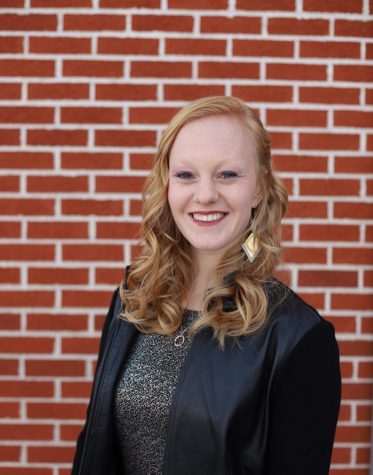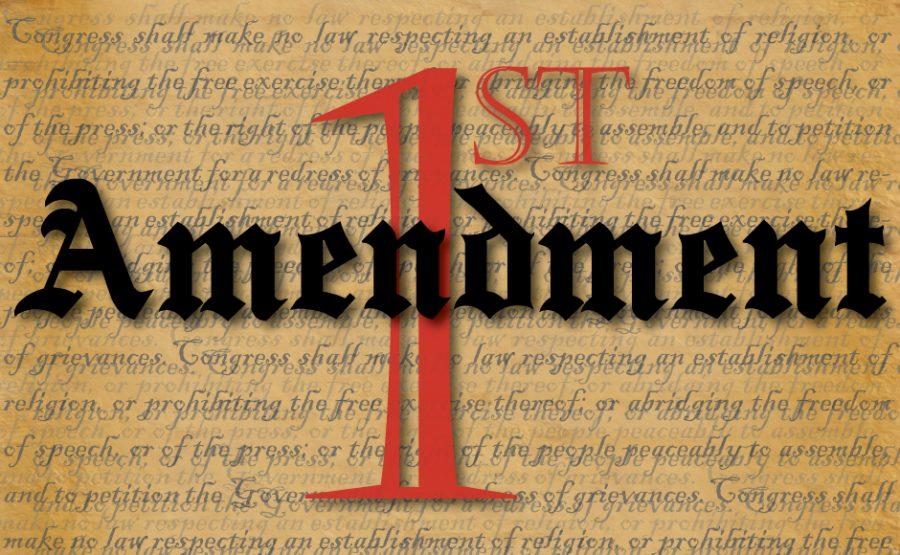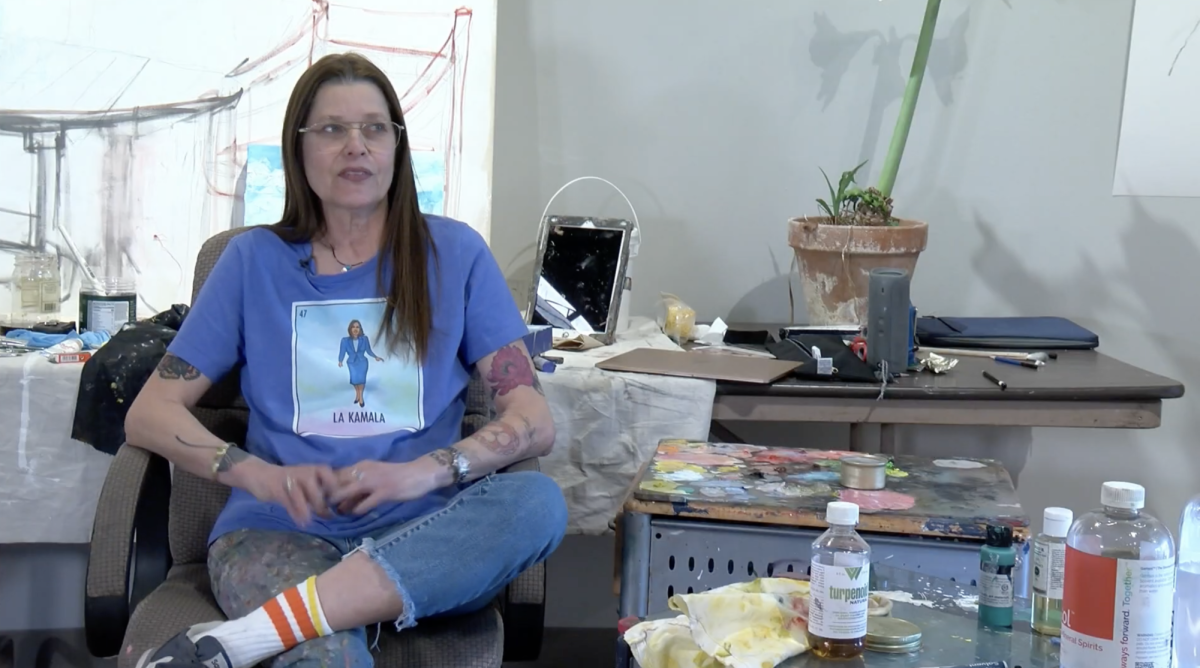Oppressing Student Press: The Past
December 2, 2019
“Let her [Truth] and Falsehood grapple; who ever knew Truth put to the worse in a free and open encounter? Her confuting is the best and surest suppressing.” – John Milton
According to the 2019 Major principles of media law by G. Belmas, et al., as early as the 1600’s, censorship was being used to suppress all sorts of ideas threatening the established order in England. John Milton, an apostle of freedom of expression, advocated for a marketplace of ideas, believing this freedom should be universal.
In a recent interview, Buena Vista University’s (BVU) Provost and Vice President for Academic Affairs, Dr. Brian Lenzmeier, who has been with the university for 17 years, shared his knowledge and opinions on student press issues.
“I’m very much in favor of the free marketplace of ideas. Of having people disagree, having people propose different viewpoints, and really hoping, wishing that our society wasn’t so black and white, hoping people recognize that ideas are complex, and people are complex.”
Student press in our country has a long history, full of struggles. The history of these struggles is colorfully painted with misunderstandings, arguments, and disagreements, as well as different meanings to different people, including the United States Supreme Court
As Justice Fortas wrote for the majority opinion in Tinker v. Des Moines (1969), “It can hardly be argued that… students… shed their constitutional rights to freedom of speech or expression at the schoolhouse gate.” To seven members of the Supreme Court, this was a landmark student speech case, and for 50 years has been regarded as such. Ever since, student speech, and indeed student press has faced many challenges.
The First Amendment to the Constitution of the United States guarantees rights which are often considered the most important in protecting the freedom of personal expression in the United States. This country has seen its fair share of protests, court decisions, appeals, and lawsuits all working together to modify, re-examine, and establish the extent of First Amendment protections.
But with a long history of struggles, what has led to the current climate surrounding student press?
Founded in 1974, The Student Press Law Center (SPLC) became more nationally recognized in 1977 during Gambino v. Fairfax. After a student run school newspaper in Virginia wrote an article on birth control effectiveness in response to a survey on student sex practices, student journalists faced pushback. School officials argued that the student newspaper was simply an “in-house organ of the school system, funded and sponsored by the Board [of Education]” and therefore could not be considered a public forum.
The students took their case to court and won; interestingly enough, this was the only case in which SPLC individually represented student journalists.
12 years later, another case, Hazelwood School District v. Kuhlmeier (1988), worked against previous rulings in an attempt to increase censorship of student press. Two articles in a Missouri student newspaper publication, The Spectrum, described student experiences with pregnancy as well as the impact of divorce on students. After the deletion of these pages, based on the objections of the principal, Cathy Kuhlmeier and two other former Hazelwood East students brought the case to court.
The majority opinion of the court rules in favor of the principal, maintaining that schools must be able to set high standards for student speech disseminated under their auspices, and that schools retained the right to refuse to sponsor speech that was “inconsistent with ‘the shared values of a civilized social order.”
The SPLC has continually been working to counter the negative effects of Hazelwood through their support and efforts to protect student press rights, not only in high schools, but in college settings as well.
For private colleges, however, the ability to experience a free press isn’t always as… free. While the First Amendment says, “Congress shall make no law,” cases such as Hazelwood maintain that this refers to the government, and therefore does not extend to private institutions, including BVU.
“I don’t know as much as I probably should [about student press policies on campus]. I do know at least that past practice has been to not suppress and to have a free press where students can write what they want to and present their concerns, their thoughts, their ideas,” said Lenzmeier.
As both a former professor as well as the current Provost, Lenzmeier stated that he was not aware of any situations regarding student press censorship in the past at BVU, but the present climate of the oppression of student press may reflect a larger sentiment regarding the freedom of students.
UP NEXT ON WEDNESDAY: The Present








